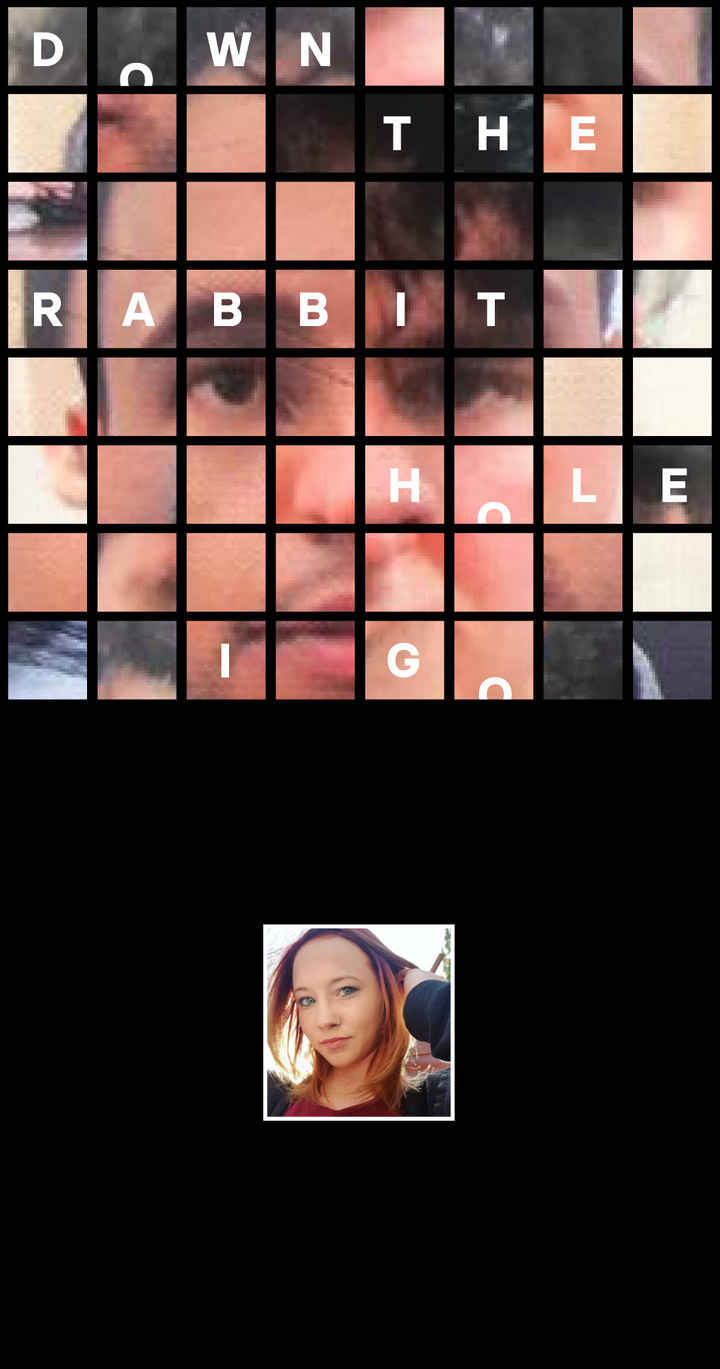
- #Snapchat buzzfeed find the rabbit how to#
- #Snapchat buzzfeed find the rabbit series#
- #Snapchat buzzfeed find the rabbit tv#
ARPUĪfter you have defined the market, you can do some qualitative research to understand what their willingness to pay is for your solution to build your ARPU hypothesis. You also need to understand if customers meeting the expanded criteria are willing to pay the same amount. If you find that this number is too small, then you can expand the criteria to target a larger market, but then you need to return to the Market Product Fit step to see if that remains true. Once you have this definition you should do some research on how many target customers meet those criteria. You should have done this already at the Market Product Fit stage anyway. Each variable in this equation has some assumptions, and I recommend thinking through them in this order: Total Customers In Marketįirst, define your target market.

This might seem simple, but many teams I see and advise don't do this. That should equal or be greater than $100M. Take the average annual revenue per customer/user, multiply it by total number of customers/users in your target market, then multiply that by the percentage you think you can capture. But what about before that point? Your Model Market Fit hypothesis revolves around some simple math:ĪRPU x Total Customers In Market x % You Think You Can Capture >= $100M Of course, once you have a $100M business its easy to understand where you end up on the Model Market Fit graph. Understanding If You Have Model Market Fit Flies - Products that get 10M customers generating $10 per year typically via ads.These are typically products that target prosumers like Dropbox, or companies that are subscription ecommerce like Ipsy or Dollar Shave Club. Mice - Products that get 1M customers paying $100 per year.For example companies in real estate, insurance, etc.

Products targeting consumers at high value moments also live here. These are typically products targeting small businesses like SurveyMonkey, Mailchimp, or Gusto.
#Snapchat buzzfeed find the rabbit how to#
In part two, I talked about why we should think about Product Market Fit as Market Product Fit, how to lay out your Market and Product hypotheses, and how understanding whether you have Market Product Fit comes down to Qualitative, Quantitative, and Intuitive indicators. The difference between these two are not the common mantras of build a great product, product market fit is the only thing that matters, or growth hacking. Smooth sailors, where growth feels like wind is at your back.Tugboats, where growth feels like you have to put a ton of fuel in to get only a little speed out.In the introduction to this series, I explained there are two types of companies:

#Snapchat buzzfeed find the rabbit series#
#Snapchat buzzfeed find the rabbit tv#
By adding your email you agree to get updates about Spoon University Healthierįor years, this iconic TV show made us laugh, made us cry, and quite often, made us hungry.


 0 kommentar(er)
0 kommentar(er)
